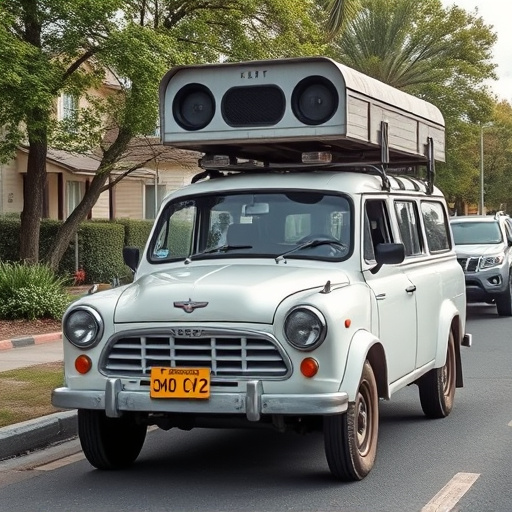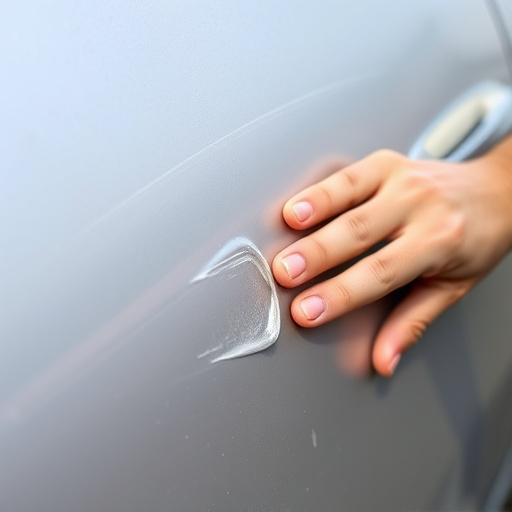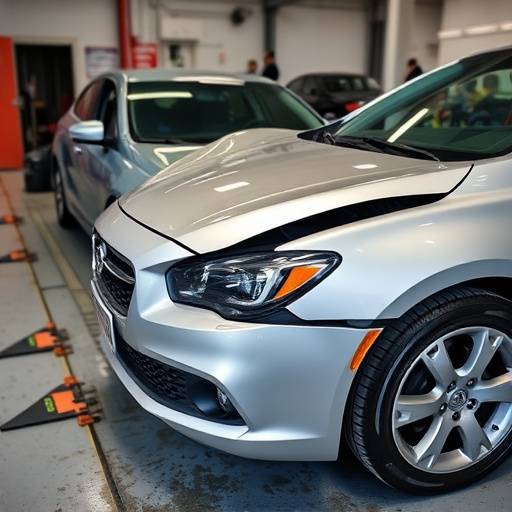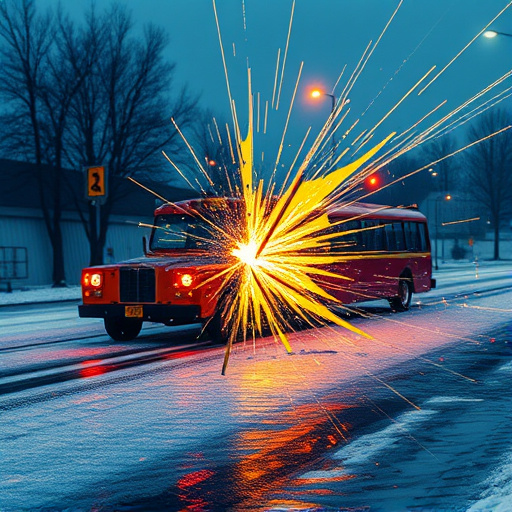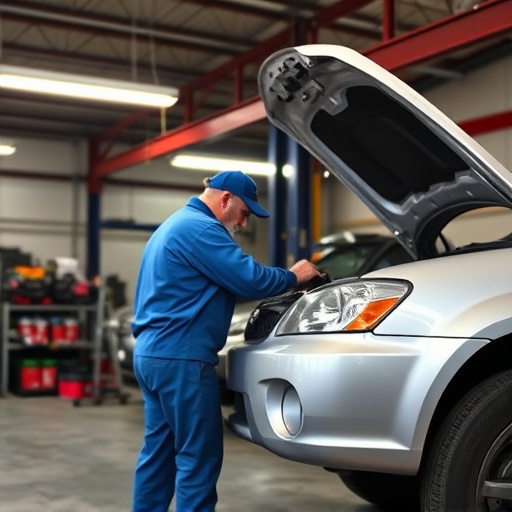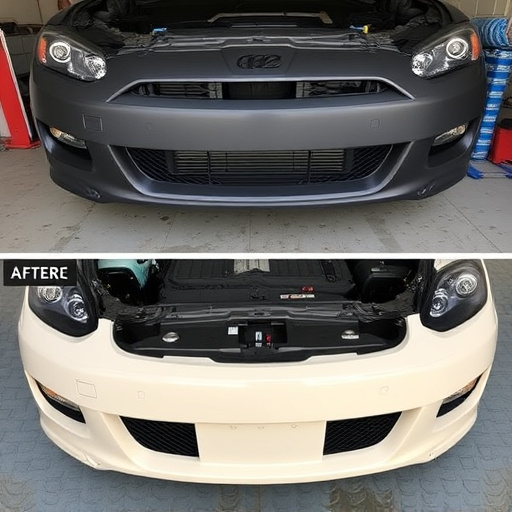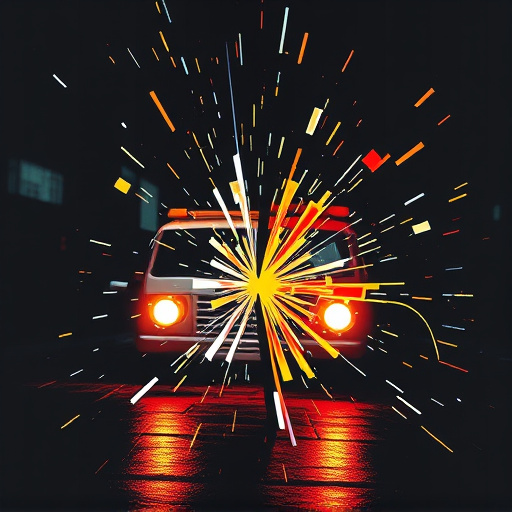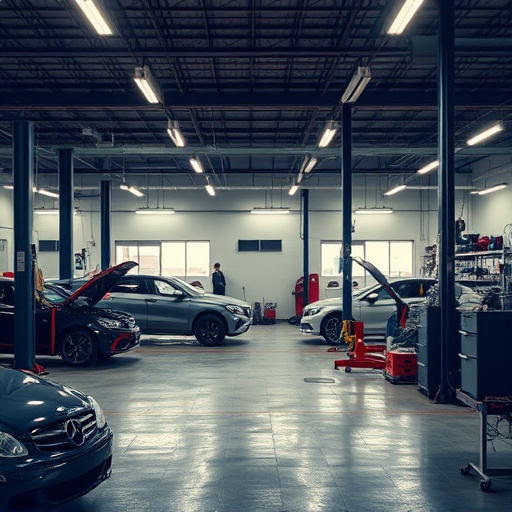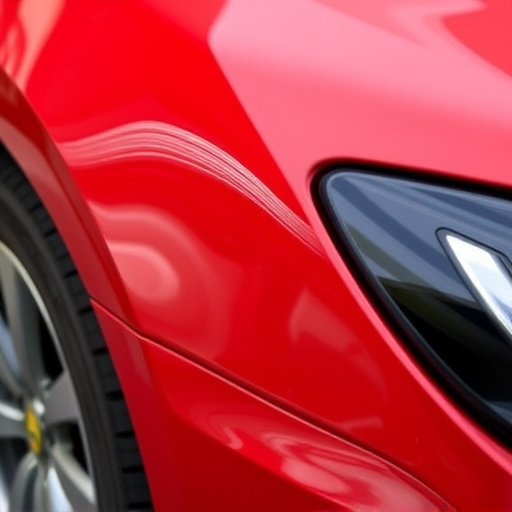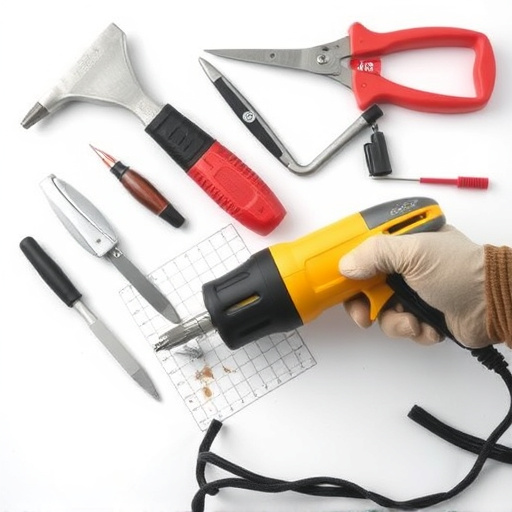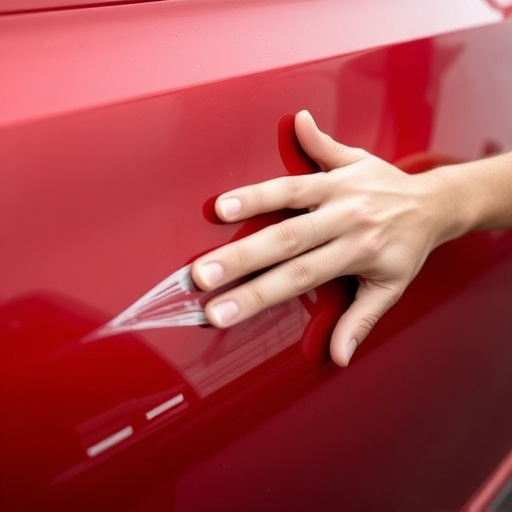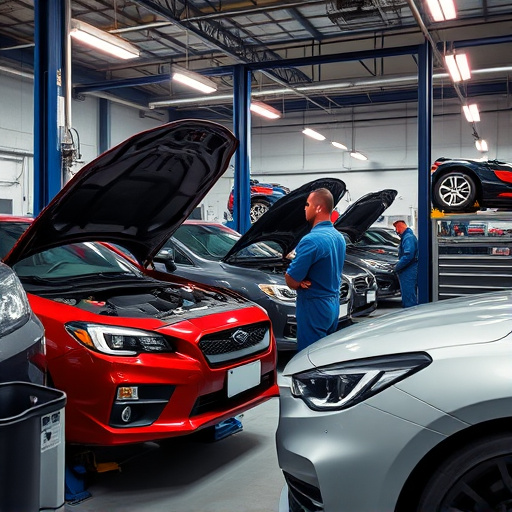Pearl finish collision repair revives vehicles' aesthetics but faces challenges due to its multi-layered complexity. Specialized techniques and expertise are required to maintain appeal and resale value. Proper preparation involves precise panel selection and meticulous inspection. Advanced technology, including CAD software and color matching, ensures flawless results, minimizing damage signs for restored aesthetic glory.
In the realm of pearl finish collision repair, achieving seamless, harmonious results requires meticulous attention. This article guides you through the intricacies of avoiding mismatched panels in such delicate repairs. We explore the unique characteristics of pearl finishes, crucial for identifying potential issues before they occur. Learn about pre-repair preparation techniques ensuring panel compatibility and discover advanced matching methods utilizing expert tools for optimal outcomes.
- Understanding Pearl Finish: Key Characteristics and Potential Issues
- Pre-Repair Preparation: Ensuring Panel Compatibility for Seamless Results
- Matching Techniques: Achieving Harmony with Advanced Tools and Expertise
Understanding Pearl Finish: Key Characteristics and Potential Issues
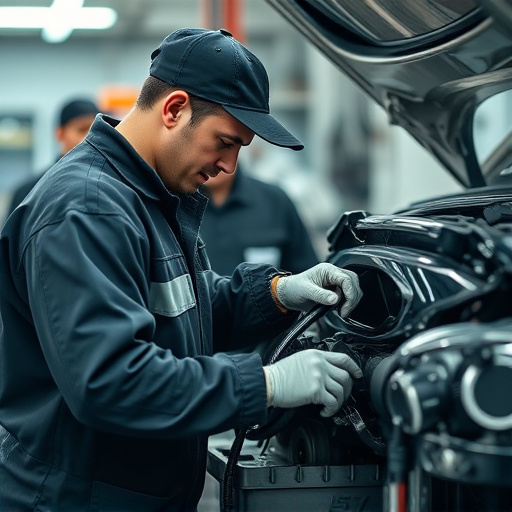
Pearl finish is a unique and popular choice for automotive exteriors, known for its glossy, iridescent appearance that seems to shift and shimmer under different lighting conditions. This visually appealing effect is achieved through a multi-layered coating process involving a combination of pigments, resins, and clear coats. While pearl finish collision repair can revive the aesthetic appeal of a vehicle, it’s not without challenges. Understanding the key characteristics of this finish is crucial for successful repairs to avoid mismatches.
One of the primary issues with pearl finish is its inherent complexity. Unlike solid colors that rely on a single pigment, pearl finishes involve multiple layers, each contributing to the overall iridescent effect. This multi-layered structure makes pearl finish more susceptible to chipping, scratching, and fading over time. During auto glass repair or autobody repairs, ensuring color consistency across all these layers is paramount. Mismatched panels can result in an uneven, unsightly finish that compromises the vehicle’s aesthetic appeal and may even affect its resale value. Therefore, car repair services specializing in pearl finish collision repair must possess advanced techniques and expertise to achieve a flawless match.
Pre-Repair Preparation: Ensuring Panel Compatibility for Seamless Results
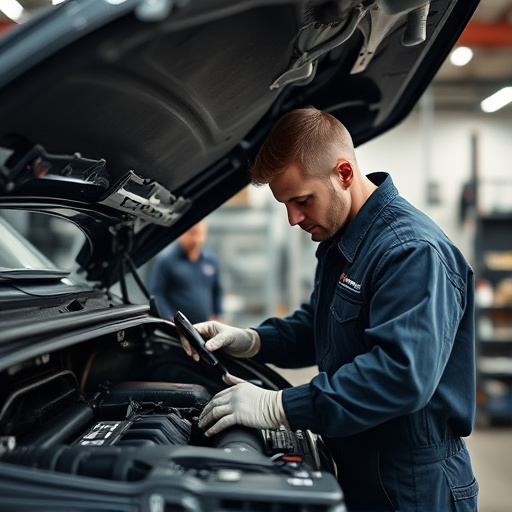
Before initiating any pearl finish collision repair, proper preparation is key to achieving seamless results. This involves careful inspection and selection of replacement panels to match the existing vehicle’s specifications precisely. Compatibility ensures that the new panel blends flawlessly with the original, maintaining the integrity and aesthetic appeal of the vehicle.
During pre-repair preparation, auto maintenance experts consider factors such as panel dimensions, metal composition, and finish type. By ensuring these align with the existing panels, they can prevent unsightly mismatches post-repair. Vehicle repair services that prioritize this step deliver superior quality, enhancing customer satisfaction in the final product—a flawless pearl finish on their cars.
Matching Techniques: Achieving Harmony with Advanced Tools and Expertise
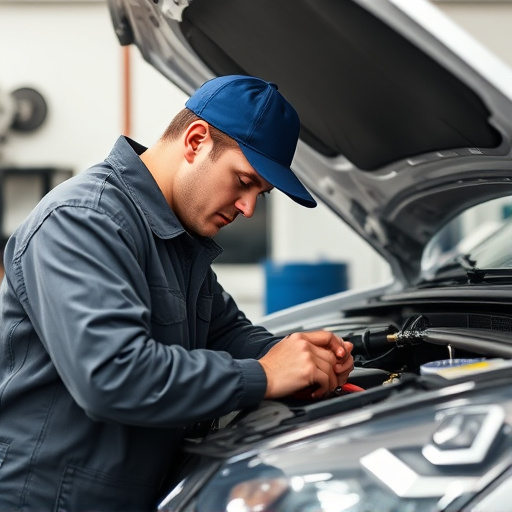
Achieving a seamless pearl finish in collision repair requires careful consideration and advanced techniques to match existing panels perfectly. Professional technicians utilize specialized tools and expertise to ensure harmony across the car’s surface. One key method involves using precision measuring instruments to capture exact dimensions, ensuring new panels fit seamlessly with old ones. This meticulous process starts with surface preparation, where the panel is cleaned and prepared for painting, eliminating any impurities that could disrupt the final finish.
Additionally, advanced tools like computer-aided design (CAD) software and color matching technologies play a pivotal role. CAD systems enable technicians to virtually model repairs, ensuring accurate fits before actual work begins. Color matching technology, on the other hand, analyzes the unique pearl finish shade, allowing for an exact replication during repainting. This level of precision is essential in auto maintenance and bodywork, guaranteeing that repaired cars look as good as new, with minimal visible signs of previous damage, including effective car dent removal techniques.
In the realm of pearl finish collision repair, achieving seamless results requires a deep understanding of material characteristics and advanced matching techniques. By pre-preparing panels for repair and utilizing expert knowledge, professionals can navigate potential issues associated with this intricate finish. These strategies ensure that each panel integrates perfectly, preserving the car’s aesthetic appeal and enhancing its overall value.
